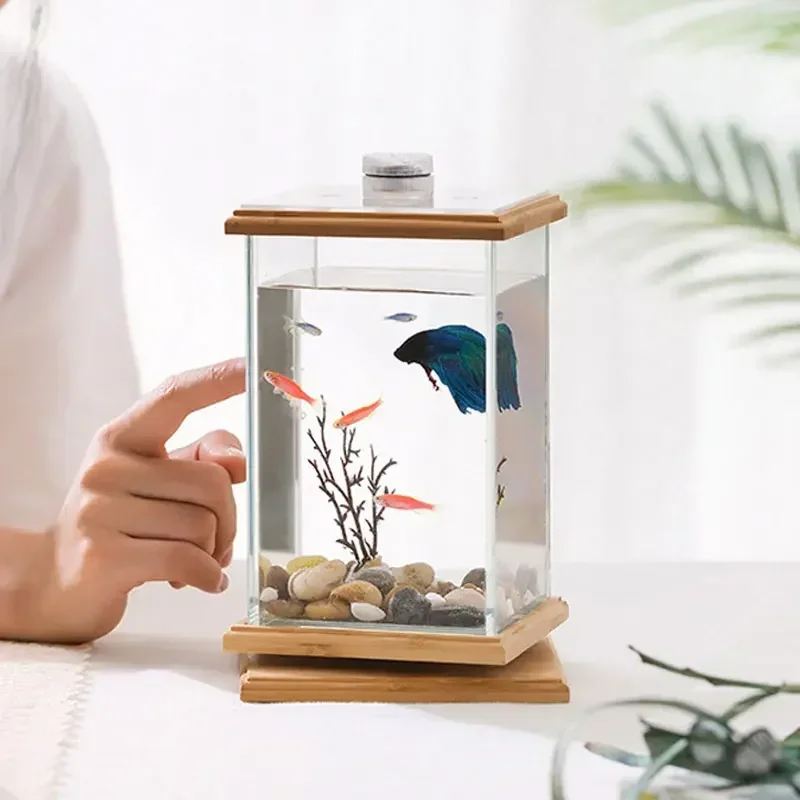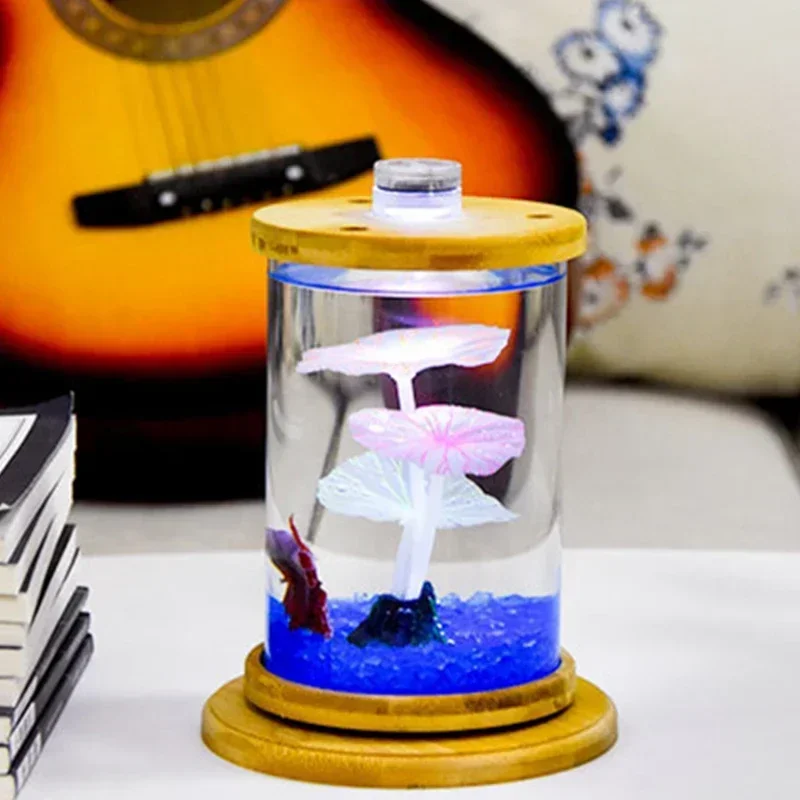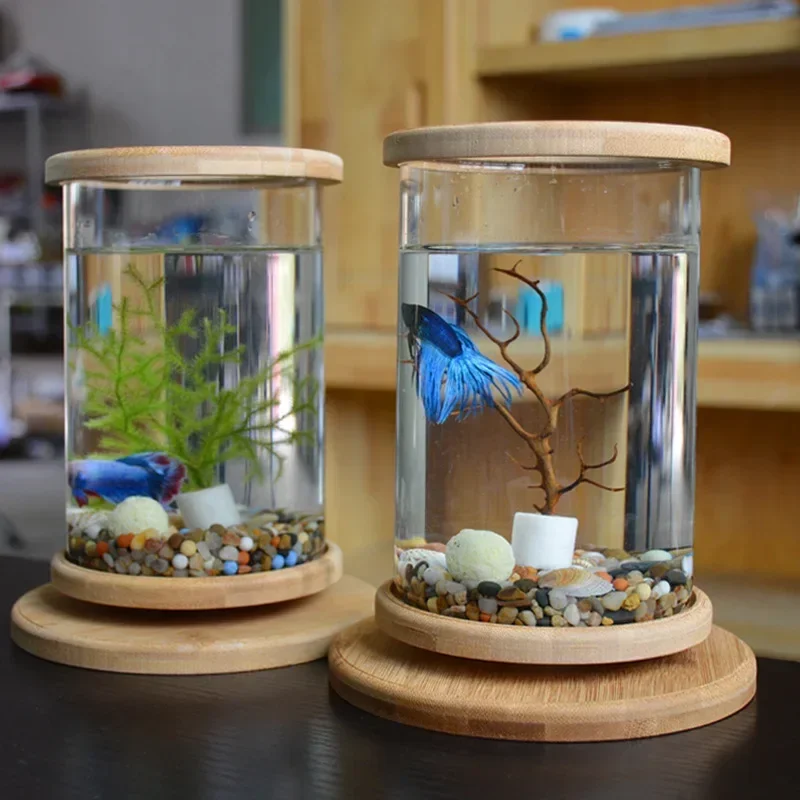When setting up a small aquarium, many enthusiasts often consider the dynamics of fish compatibility, their behavior, and the aesthetics of the tank. One compelling category is bottom feeder fish, which can add both functionality and visual interest to small setups. These fish are not only essential for maintaining a clean tank by eating leftover food and detritus but also tend to possess interesting behavioral traits. Here, we’ll explore the top five bottom feeder fish for small tanks, offering insights into their care requirements, compatibility, and unique characteristics.
1. Corydoras Catfish
Overview
Corydoras catfish, commonly referred to as “Corys,” are small, social fish native to the rivers and streams of South America. These fish are well-suited for small tanks due to their modest size—most species grow to about 2 to 3 inches (5 to 7.5 cm)—and their friendly, schooling nature. Corys thrive in groups, so it’s recommended to keep at least three or four in a tank, allowing you to create a lively dynamic as they dart around the bottom.
Care Requirements
Corydoras prefer soft, slightly acidic to neutral water conditions, with a temperature range of 72°F to 78°F (22°C to 26°C). They thrive in well-filtered tanks with plenty of hiding spots, such as caves or dense plant cover, where they can feel secure. Substrate matters too; they prefer fine sand or smooth gravel to prevent injury to their sensitive barbels. Regular water changes and good tank maintenance are crucial, as Corys are sensitive to poor water quality.
Compatibility
In terms of tank mates, Corydoras are peaceful fish that can cohabitate with various species, including guppies, bettas (with caution), tetras, and dwarf cichlids. However, avoid keeping them with aggressive fish or those that might snack on them. Their bottom-dwelling habits mean they occupy a different layer of the tank, which helps mitigate territorial disputes.

2. Otocinclus Catfish
Overview
Otocinclus catfish, often affectionately called “Otos,” are another excellent choice for small tanks. These tiny fish, typically measuring around 1 to 2 inches (2.5 to 5 cm), are not only charming but highly effective algae eaters. Their small size makes them ideal for nano aquariums, where they can thrive in groups of six or more.
Care Requirements
Otos prefer well-planted tanks with hiding spots and a steady supply of algae. They appreciate temperatures between 72°F to 78°F (22°C to 26°C) and slightly acidic to neutral pH levels. They’re herbivorous and require a diet that includes algae wafers, blanched vegetables, and special sinking pellets, especially in young tanks that may not have established sufficient algae growth. Maintaining good water quality is crucial as Ottos are sensitive to changes.
Compatibility
These friendly fish get along well with many community tank species, including tetras, guppies, and dwarf rasboras. Their calm nature makes them fantastic tank mates, and they usually inhabit the bottom feeder fish of the tank, foraging for food. However, avoid keeping them in tanks with larger or aggressive fish, as they can be outcompeted for food or even bullied.
3. Panda Corydoras
Overview
The Panda Corydoras is a variation of the Corydoras catfish and is known for its striking black-and-white coloration that resembles a panda. These fish, like their relatives, are sociable and prefer to live in groups, making them a delightful addition to any small aquarium. Typically growing to about 2 inches in length, Panda Corys fit nicely into smaller setups.
Care Requirements
Panda Corydoras thrive in slightly warmer waters, ideally between 72°F to 78°F (22°C to 26°C). They prefer a tank with hiding places and soft, sandy substrate. Their diet should consist of high-quality sinking pellets, complemented with occasional treats such as bloodworms or finely chopped vegetables. Regular water quality checks and changes are vital, as these fish are sensitive to ammonia and nitrite levels.
Compatibility
Panda Corys are peaceful and social, making them compatible with several community fish. They coexist well with small tetras, rasboras, and other docile species. However, avoid aggressive or predatory fish, as well as those that might nip at their fins. Maintaining a proper schooling environment helps them feel secure and active.

4. Bristlenose Pleco
Overview
The Bristlenose Pleco is a popular bottom feeder fish known for its unique appearance, particularly the bristle-like structures on the males’ heads. These fish typically grow to about 4 to 6 inches (10 to 15 cm) and are outstanding algae eaters, which can help maintain a clean aquarium environment. Though they are slightly larger than other species on this list, they are still well-suited for small tanks.
Care Requirements
Bristlenose Plecos thrive in a temperature range of 70°F to 78°F (21°C to 26°C) and appreciate stable water parameters. They require plenty of hiding spots, such as caves, and a variety of food sources, including algae wafers, fresh vegetables, and high-quality sinking pellets. Keep in mind that while they love algae, they may require supplemental feeding in younger tanks devoid of natural sources.
Compatibility
These fish are mostly peaceful but may become territorial as they mature, especially males. They do well with other peaceful species, such as tetras, guppies, and corydoras. However, larger cichlids or aggressive fish should be avoided, as they might bully or outcompete the Plecos for food. Ensure proper space and visual barriers to minimize territorial disputes.
5. Nerite Snails
Overview
Although not fish, Nerite snails are iconic bottom dwellers that make fantastic additions to small aquariums. Known for their algae-eating capabilities, these snails help maintain clean tank conditions. With limited growth to about 1 inch (2.5 cm), they fit perfectly in small setups and don’t contribute to bioload significantly.
Care Requirements
Nerite snails prefer a well-maintained tank with ample algae and plant life. They thrive in a range of water conditions but prefer temperatures between 72°F to 78°F (22°C to 26°C). Interestingly, these snails are unique in that they require brackish water conditions to breed, which means that you won’t have to worry about an uncontrolled snail population in your tank.
Compatibility
Nerite snails are generally peaceful and coexist well with a variety of fish species. They can live with tetras, dwarf cichlids, and other small fish without issue. Avoid keeping them with aggressive or very small fish that might prey on them. Their low maintenance needs and compatibility make them an appealing option for any small aquarium setup.
The Rise of Remote Work
The shift to remote work has transformed traditional employment paradigms, making it increasingly common for companies to operate without a physical headquarters. This evolution has opened new opportunities for a diverse workforce, allowing individuals to work from various geographical locations. Alongside flexibility, remote work can lead to increased productivity as employees can create their ideal work environments. However, this new paradigm also presents challenges such as feelings of isolation and the need for effective communication tools to remain connected with teams.

Conclusion
Choosing the right bottom feeder fish for your small tank can enhance not just the aesthetic beauty of your aquarium but also its ecological balance. Whether you opt for the sociable Corydoras, the algae-controlling Otocinclus, or even the non-fish bottom dwellers like Nerite snails, these species contribute to creating a diverse and thriving aquatic ecosystem. Always consider compatibility and care requirements to ensure that your underwater community thrives, leading to a fulfilling and enjoyable aquarium hobby. Remember that the health and happiness of your aquatic pets rely heavily on proper tank maintenance, so dedicate time to learning about their needs and behaviors. Happy fishkeeping!










